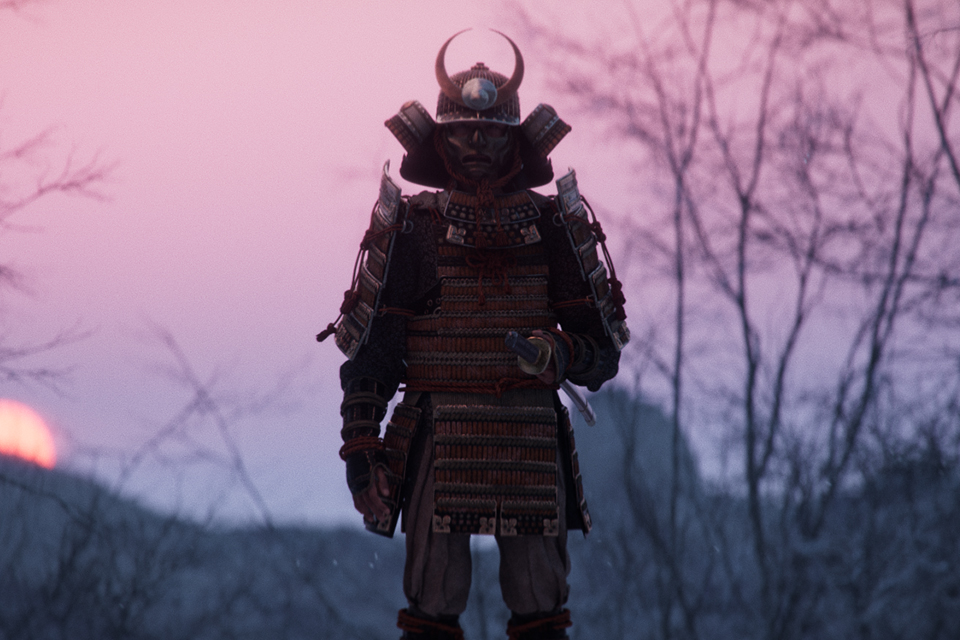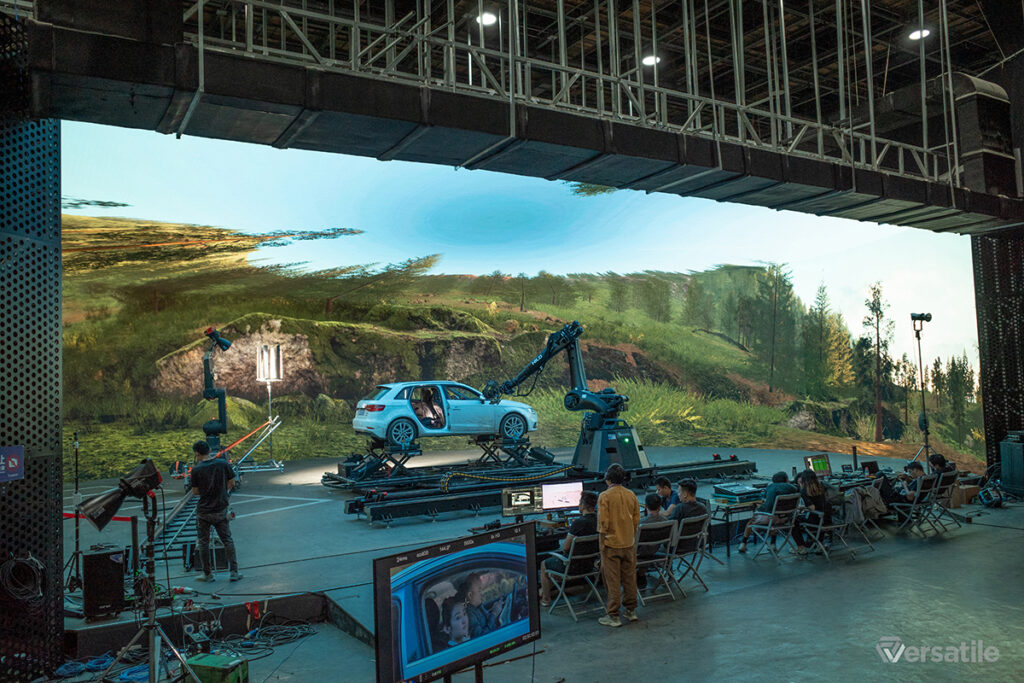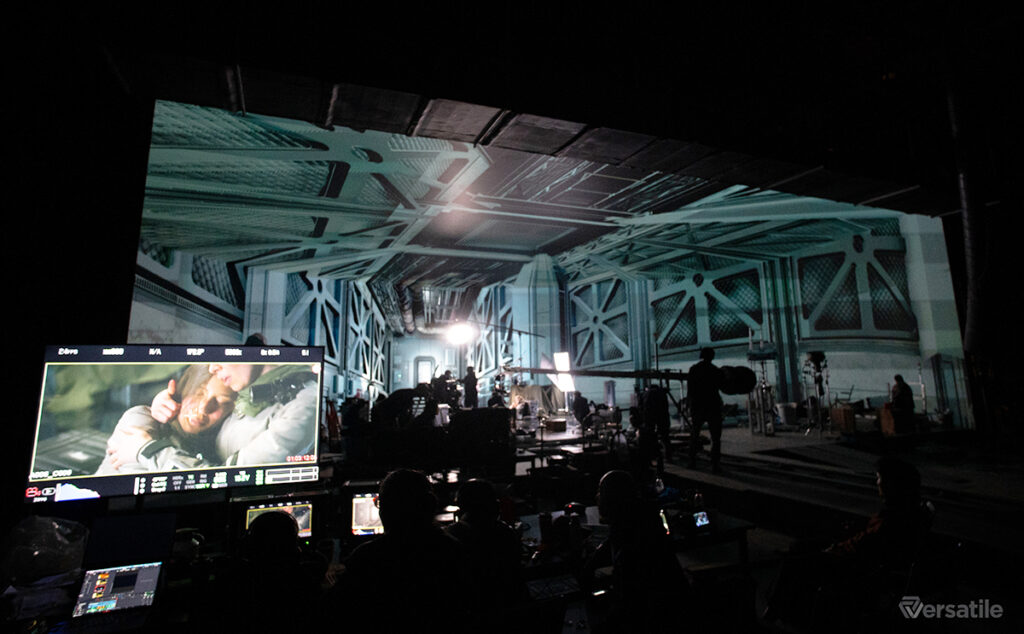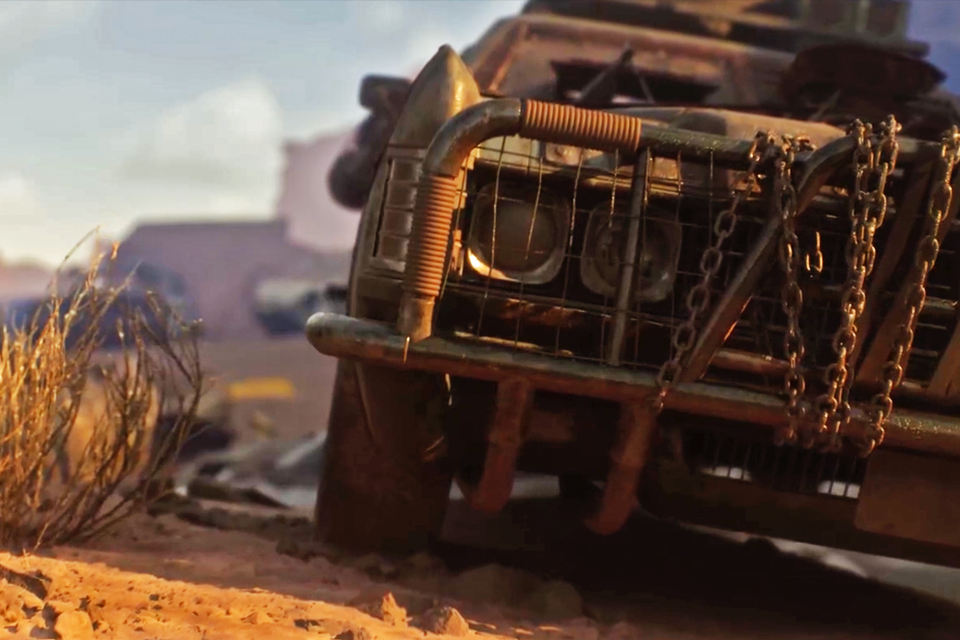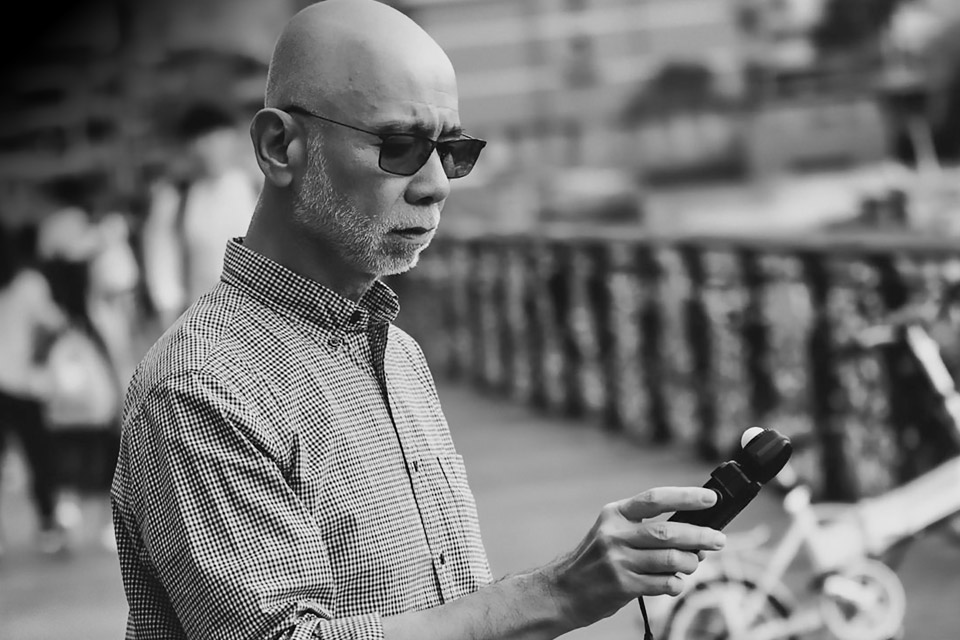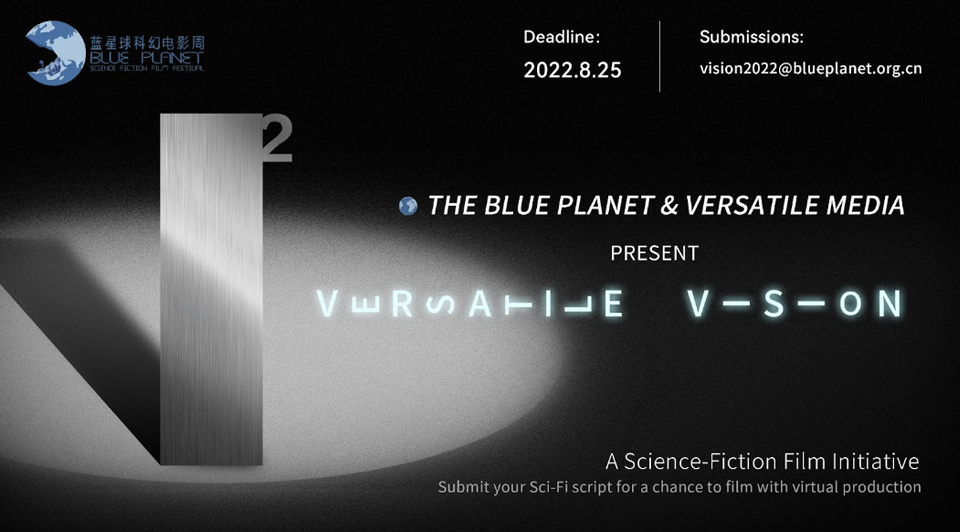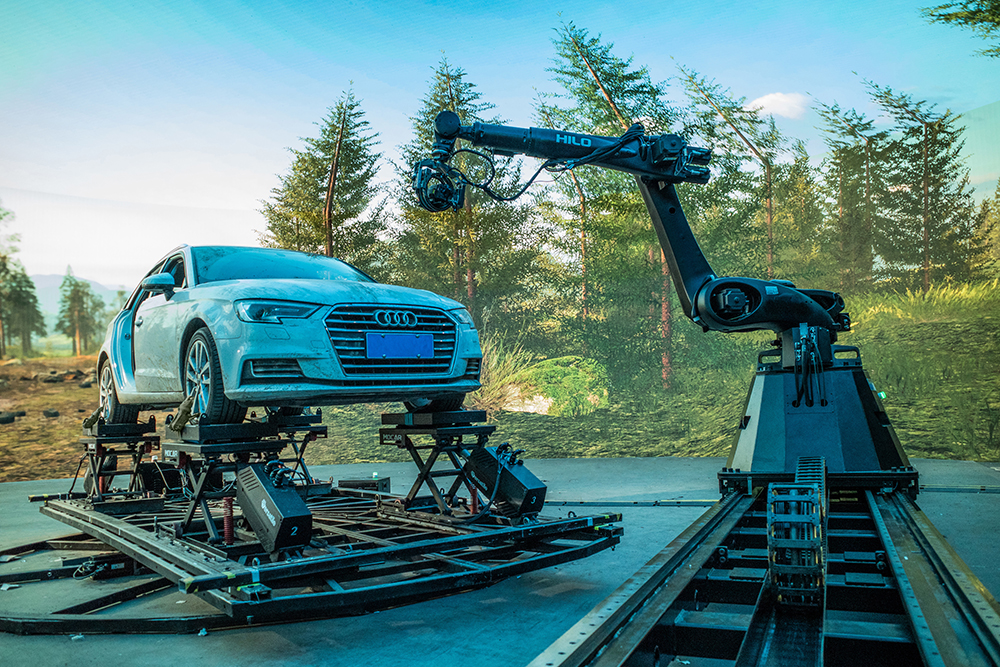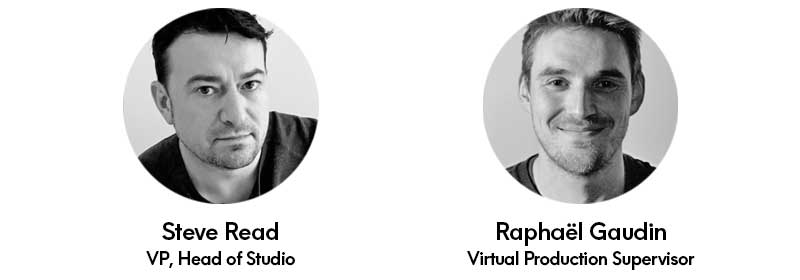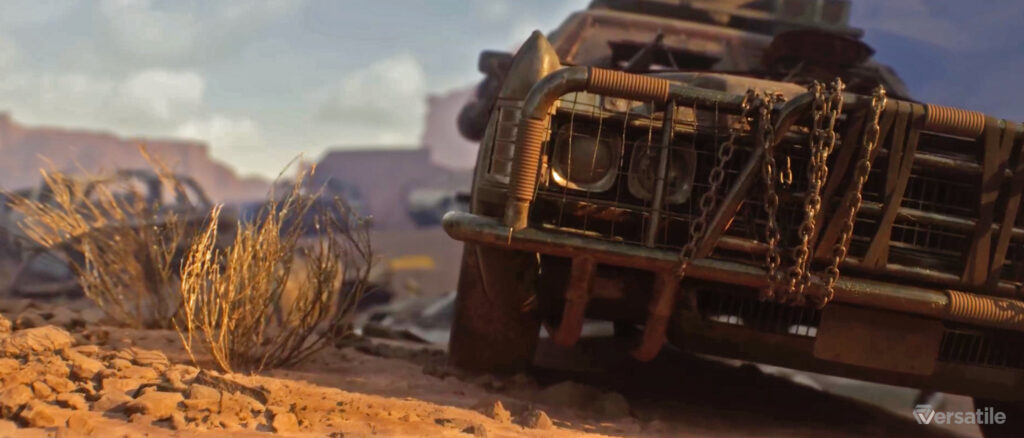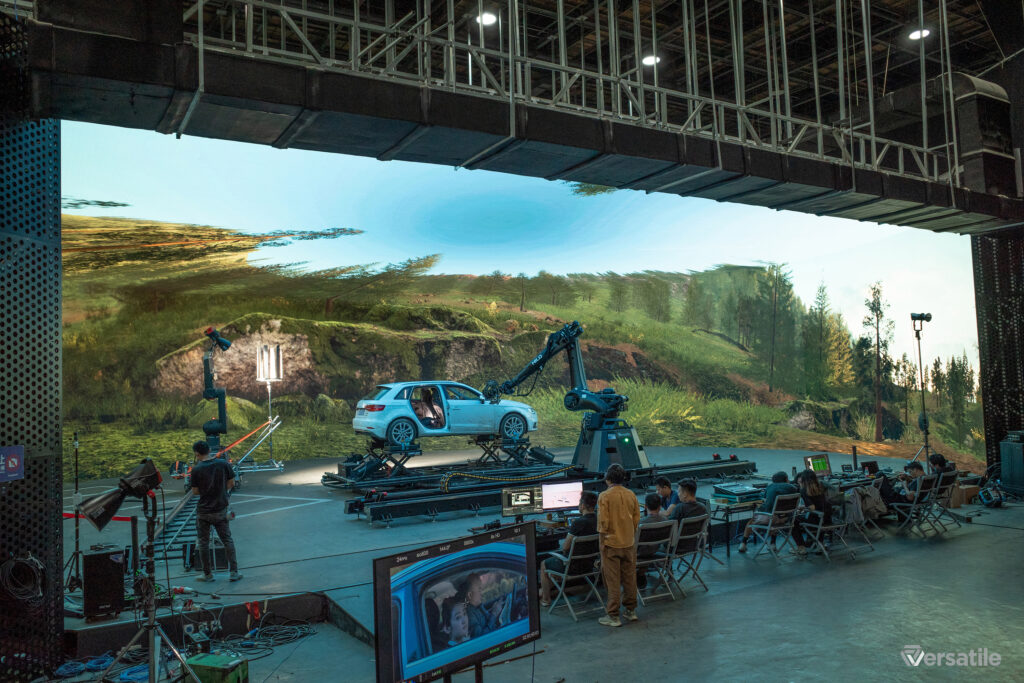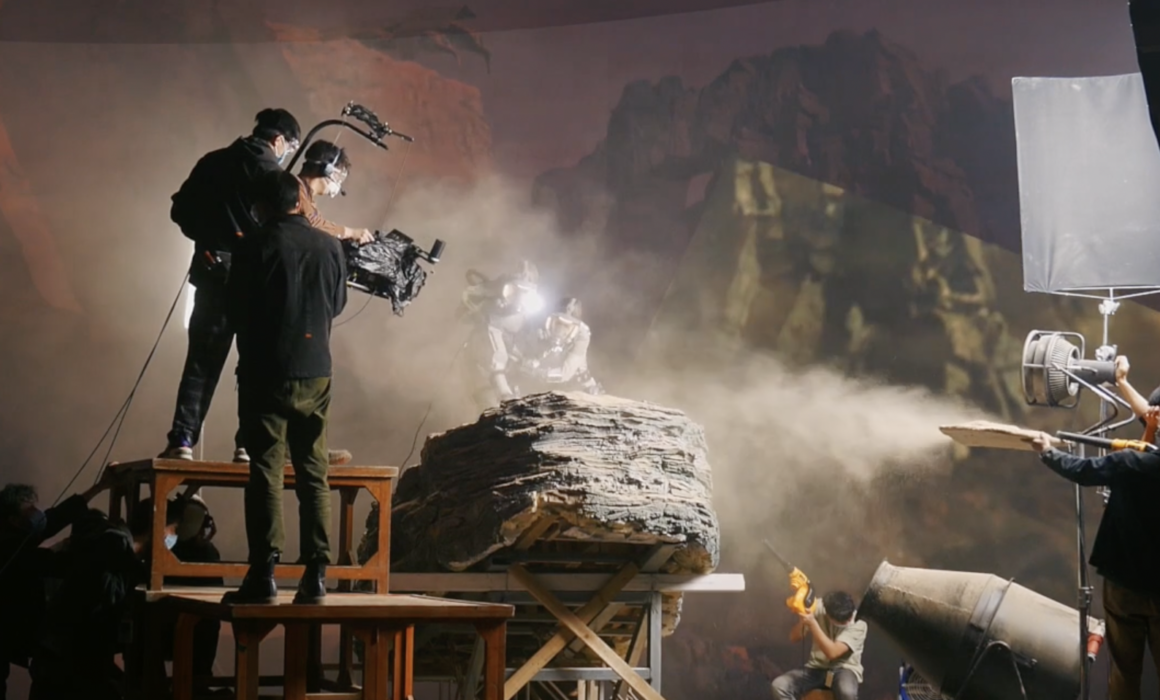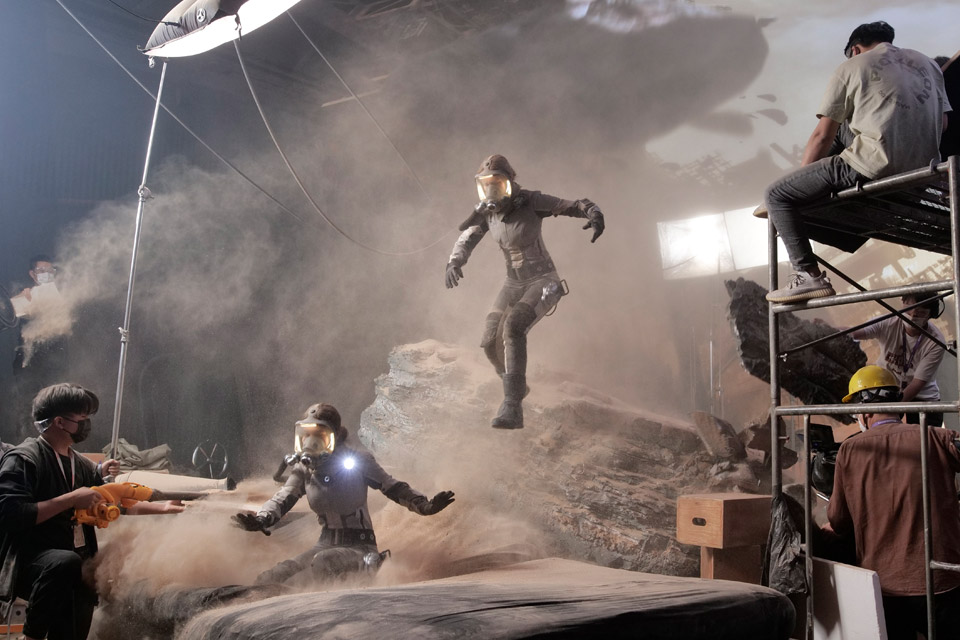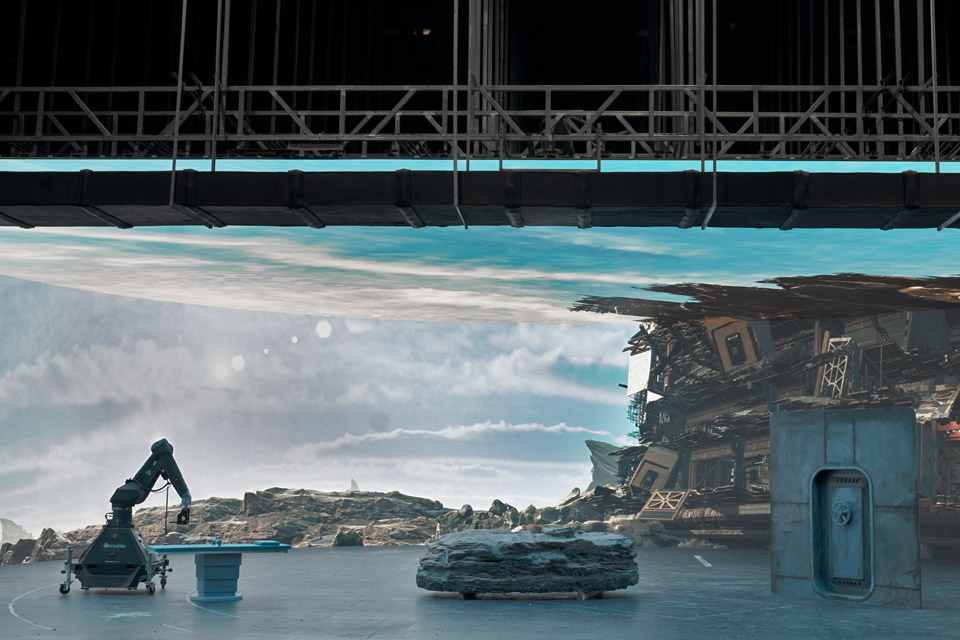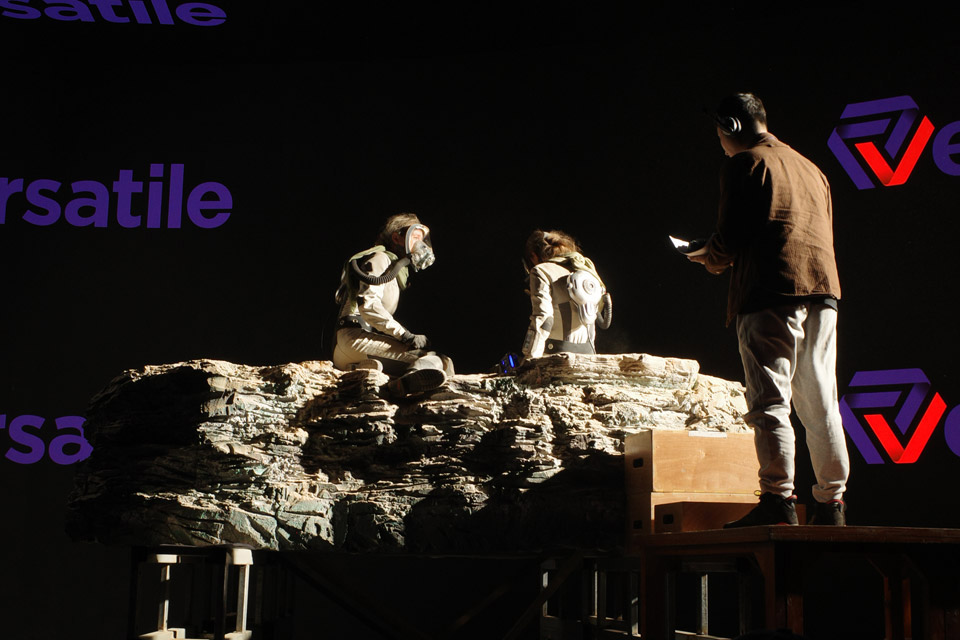TECHVIS. The Bridge between Visualization and LED Principal Photography
TECH VISUALIZATION is a crucial part of the virtual production pipeline that connects all the stages of virtual production and ensures success for LED volume principal photography.
Our latest project, Bushidō was designed to take advantage of our VP capabilities and demonstrate the preparation workflow for LED volume filming.

THE PROJECT
The short film was created by our VP Supervisor, Raphaël Gaudin who was artistically inspired by the long-standing practice of Bushidō, a feudal code of the Japanese samurai.
The ideology of Samurai, which promoted the importance of loyalty, honour and martial arts was a perfect opportunity that provided choreographed action of fighting sequences and highlighted a traditional Japanese courtyard.
“Bushidō was completely prevised for action accuracy. “
Set in feudal Japan on a cold, winter morning, a samurai duel begins. We collaborated with 2 great performers from the Vancouver Eishin Ryu Iaido Club who were instrumental in making plausible choreography that transported us to our ancient Japanese set where the fight takes place.
In order to prep for the LED stage successfully, we relied on our techvis process.
WHAT IS TECHVIS
During the pre-production phase, a series of steps are undertaken to ensure a smooth and efficient production process. Tech visualization tailored for LED volume filming constitutes a vital aspect of prep. It leverages technology to visualize and strategize the scenes that will be filmed.
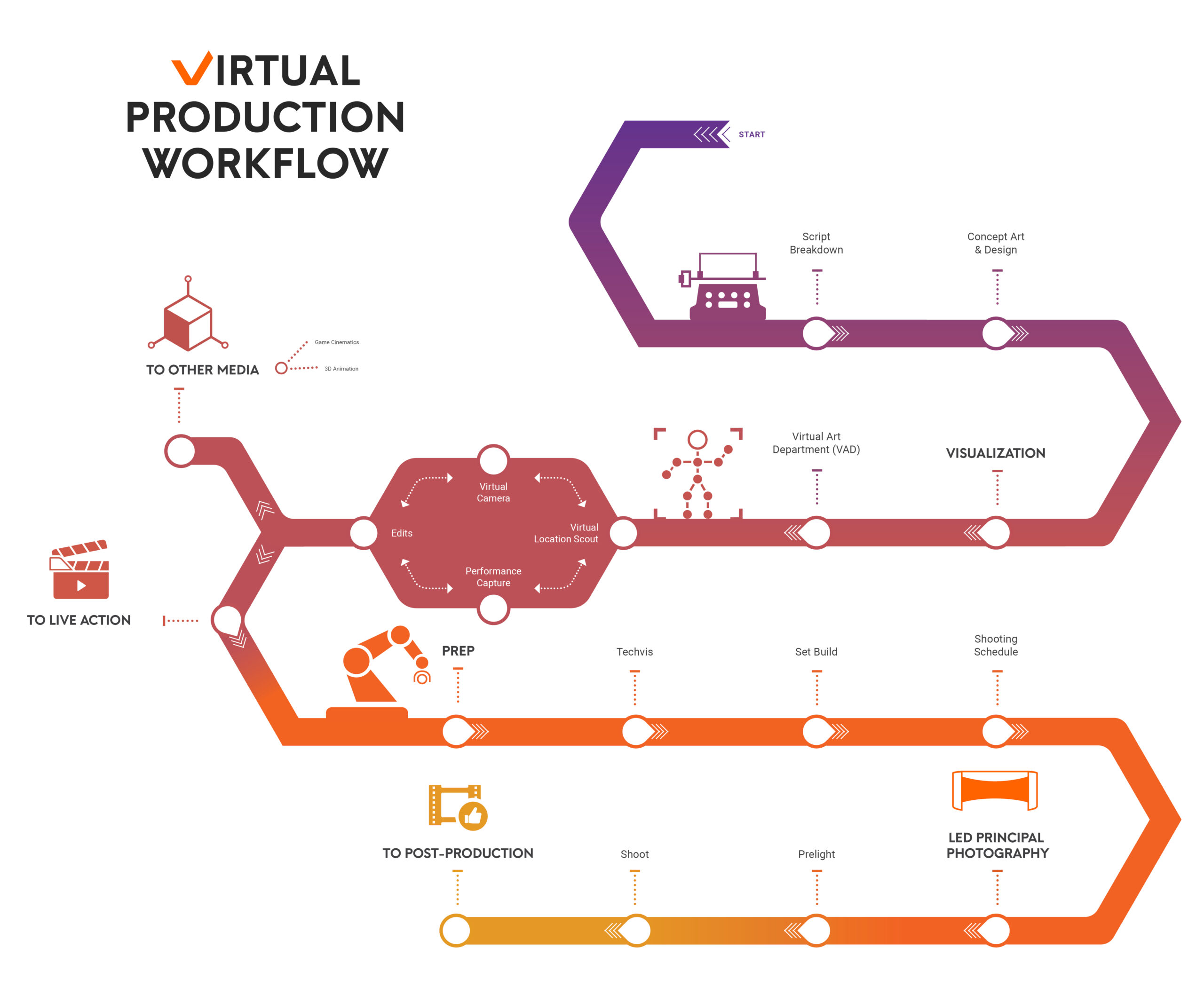

Versatile’s workflow from previs to techvis to final LED volume filming.
Upon concluding previsualization and finalizing the previs edit, each scene in the script is meticulously analyzed. Here’s a comprehensive breakdown of techvis:
SETS. The VP Supervisor and a Set Designer collaborate to assess each scene and shot, determining the physical sets and props required. They will also provide guidance to the Virtual Art Department (VAD) for further enhancements to digital locations. This approach ensures seamless synchronization between the virtual environments displayed on the LED screens and the physical sets that are constructed.
CAMERA. Rigorous testing of camera and lens setups ensure compatibility with the LED volume. The volume’s dimensions are considered to ascertain the feasibility of achieving shots. Additionally, an accurate equipment list encompassing cranes and dollies can be compiled.
LIGHTING. A comprehensive plan is formulated to determine the on-set lighting requirements necessary to achieve the Director of Photography’s vision. This includes the placement of physical lights around the set.
OPTIMIZATION. The Virtual Art Department (VAD) and technical teams collaborate to conduct tests, ensuring the LED screens can display the virtual environments in real-time. This intricate process involves fine-tuning the rendering technology and the virtual environment to obtain photorealistic results.
BUDGET AND SCHEDULE. The culmination of techvis yields essential information that becomes an integral part of the shooting plan. It also Identifies shooting solutions to align with a project’s budget.




TECHVIS FOR BUSHIDŌ
Bushidō’s techvis let us extract invaluable data, including what needs to be built physically inside the volume and how to tackle the challenge of blending it with the digital content on our volume.
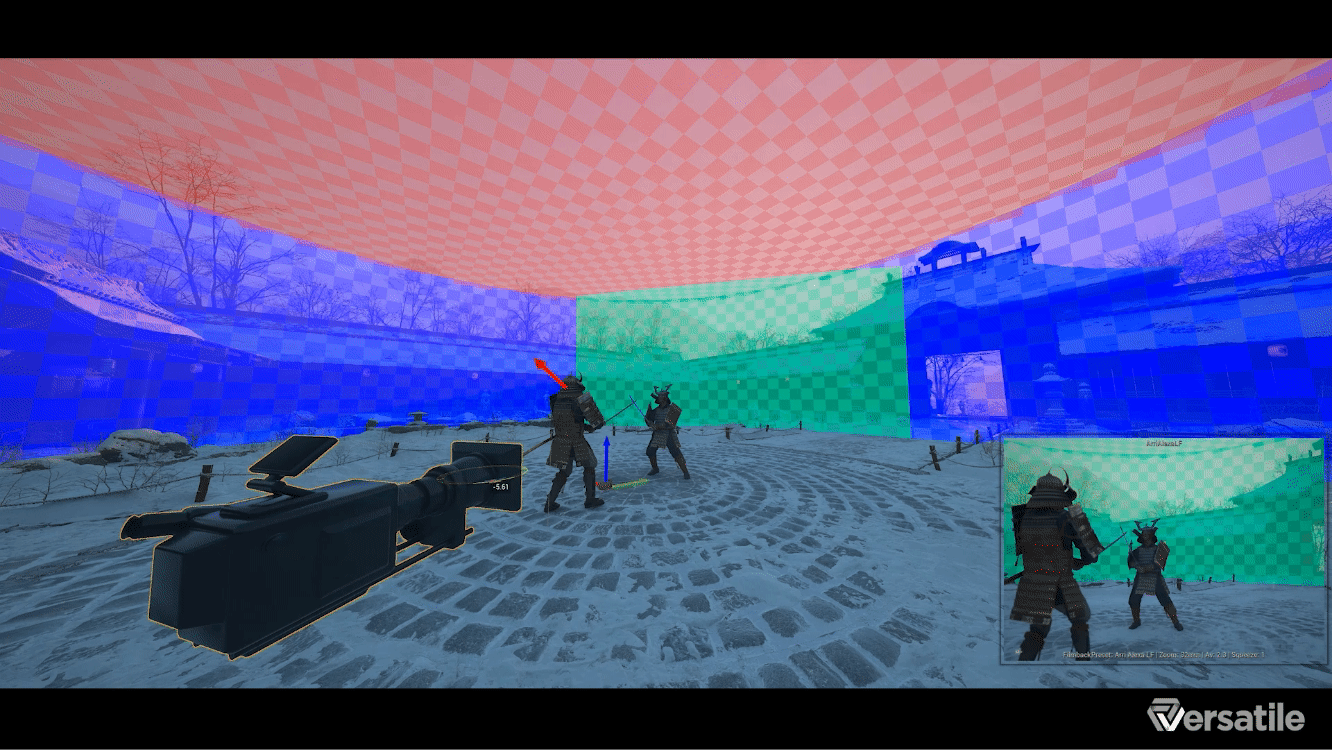

LED stage representation in engine.
Out of the 47 shots in the final previs edit, 39 can be achieved in-camera with a single set piece; the snowy, cobblestone ground. These range from large establishing shots to long lens closeups, and require a wide range of camera setups from handheld, rails, tripod, Steadicam and cranes.
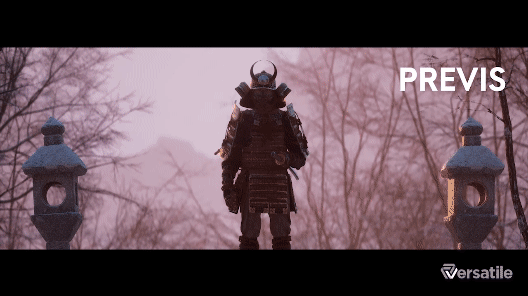

In the opening shot, where our character climbs up the stairs, the 2 lanterns set in foreground could be built physically or, alternatively, displayed in digital form on the LED volume.
During techvis, we confirm a shot can be executed in two ways.
The size of the stage, in our case 87 ft wide by 30 ft in height, and together with its seamless ceiling, is crucial in filming the shots as envisioned in previs. This results in less physical stage set-ups and eliminates VFX enhancements.


Digital representation in engine of LED volume to scale.




MAKING OF BUSHIDŌ
Winter Courtyard Scene
The temple environment was completed by Versatile’s VAD team in 4 weeks. To create the temple, we first blocked a low polygon model to get accurate proportions. Being able to scout that early environment in VR was a great way to verify scale before moving ahead with production quality assets.


Measuring set and distances to accurately execute performance capture and building virtual environments.
For the far background mountains, we shot a 360 degree photographic panorama instead of creating CG assets. We took advantage of Unreal’s Niagara to generate a snowfall particle system. We also leveraged Unreal’s fog and volumetric shadows.
Music & Soundtrack
The sonic goal for this project was to keep the soundtrack as authentic as possible by using taiko drums as the driving percussive instrument. While the melody was piloted by kotos and shakuhachis, traditional Japanese instruments.
Taiko is a traditional Japanese drumming style. The drums are large, dramatic and impactful. It felt like a natural choice to convey an epic ancient samurai duel. Drums are great to build tension and punctuate story beats.
Our sound designer, Evan O’Reilly took inspiration for the soundtrack from researching some world class producers and performers. Kodo, a Taiko drumming troupe based on Sado island, Japan. Their energy, movement and progression is impressive to witness. Something he attempted to bring to this composition. Additionally, he leaned on Hans Zimmer’s discography, specifically the last Samurai for cinematic inspiration.
For sound, the biggest challenge to overcome was understanding the dynamics of the piece. The balancing act between the quieter sections where the atmospheric sounds are the only sonic element present, contrasted with the huge Taiko ensembles at the crescendo of the composition.
“Witnessing the virtual environment and characters develop artistically was a major source of inspiration. This really conceptualized ideas of how this short film could sound. For example, the shakuhachi being a mimesis of the wind after I had seen the cold, dew morning where the duel takes place.”
– Evan O’Reilly, Sound Designer and UE Artist.
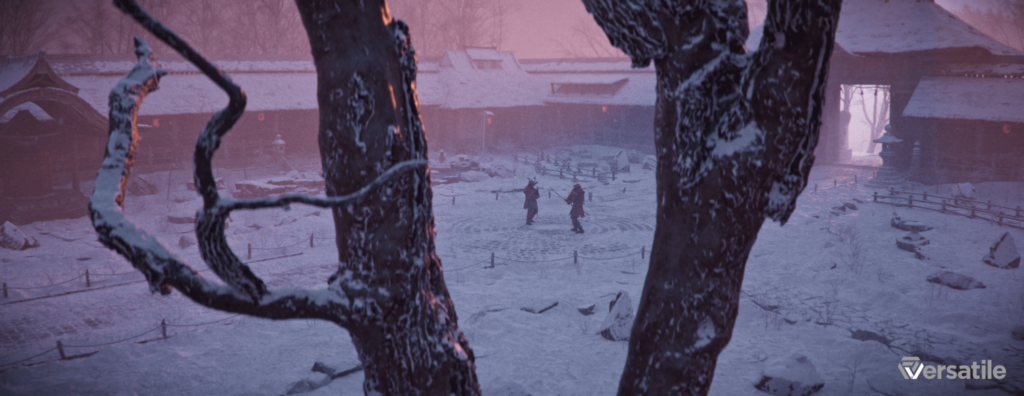

Establishing shot of the digital location at sunrise.
TECH AND TOOLS
NVIDIA® GPUs were crucial to the entire process. With the Ada Generation GPUs, the performance capture session was comfortably running at 30 FPS with 2 live performers, a virtual camera and full environment.
For final rendering, the Ada’s ray tracing capabilities allowed us to meet higher quality output similar to offline rendering solutions using Unreal’s Path Tracer.
Utilizing all our GPU power including the Ada, Bushido was rendered to final pixel in less than 2 days.
NVIDIA’s Ada Generation GPUs are also the computing power behind our new LED stage.
Bushidō is 4 minutes in length. We utilized Unreal Engine 5.2, and Unreal Path Tracer and NVIDIA GPUs including Ada Generation for rendering. Music and Sound software included Ableton Live 11.
Our next blog will showcase the volume filming of Bushidō. Stay tuned!
For more information please contact:
Roula Lainas, Marketing & Business Development Executive
Versatile Media Ltd.
Vancouver, Canada
roula@versatile.media
Twitter / IG / Facebook / LinkedIn / Youtube @filmversatile
#filmversatile #versatilemedia


